A rendering from a Milwaukee Road brochure for the 1947 Olympian Hiawatha shows a couple enjoying a double bedroom in one of the train’s Lake-series 10-6 sleepers. Milwaukee Road photo […]
Olympian Hiawatha double bedroom
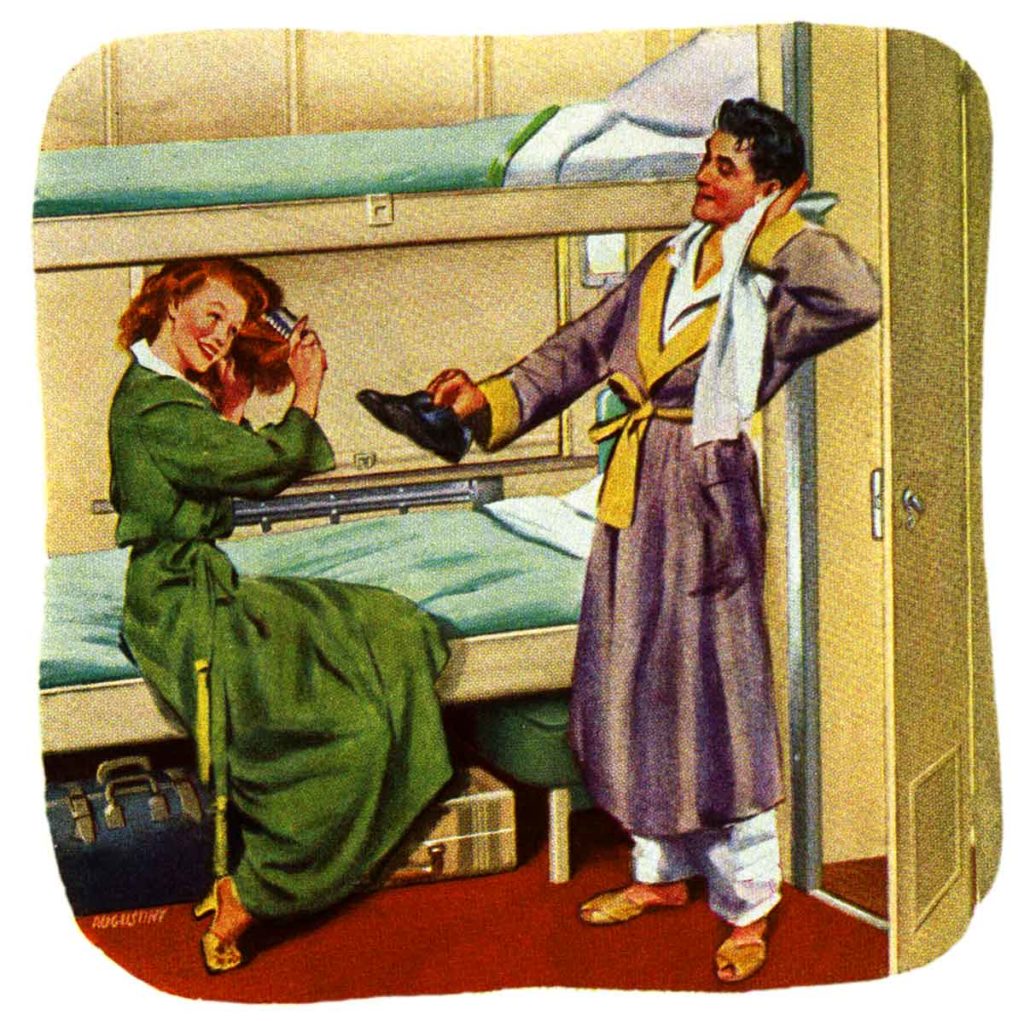
Action may be required on your Trains.com account in order to continue accessing content. Click here to learn more.

A rendering from a Milwaukee Road brochure for the 1947 Olympian Hiawatha shows a couple enjoying a double bedroom in one of the train’s Lake-series 10-6 sleepers. Milwaukee Road photo […]
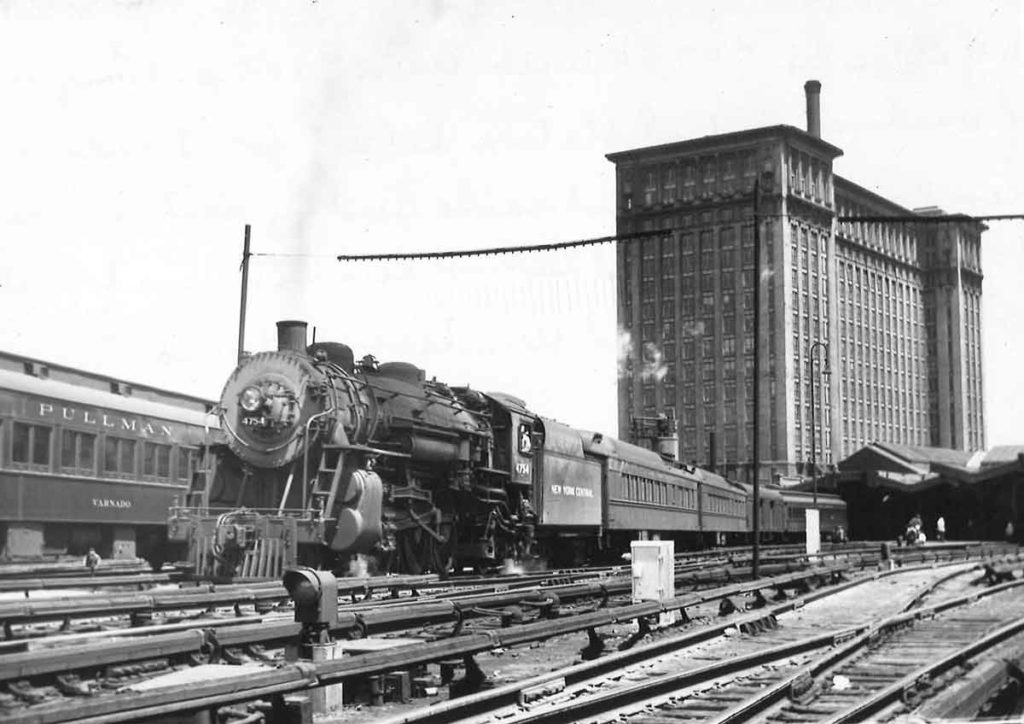
New York Central 4-6-2 4754 pulls out of Detroit’s Michigan Central Station with train 305 for Toledo and Cleveland on June 5, 1948. Ford Motor Co. has announced plans to convert the towering MC depot into its new headquarters. Elmer Treolar photo […]
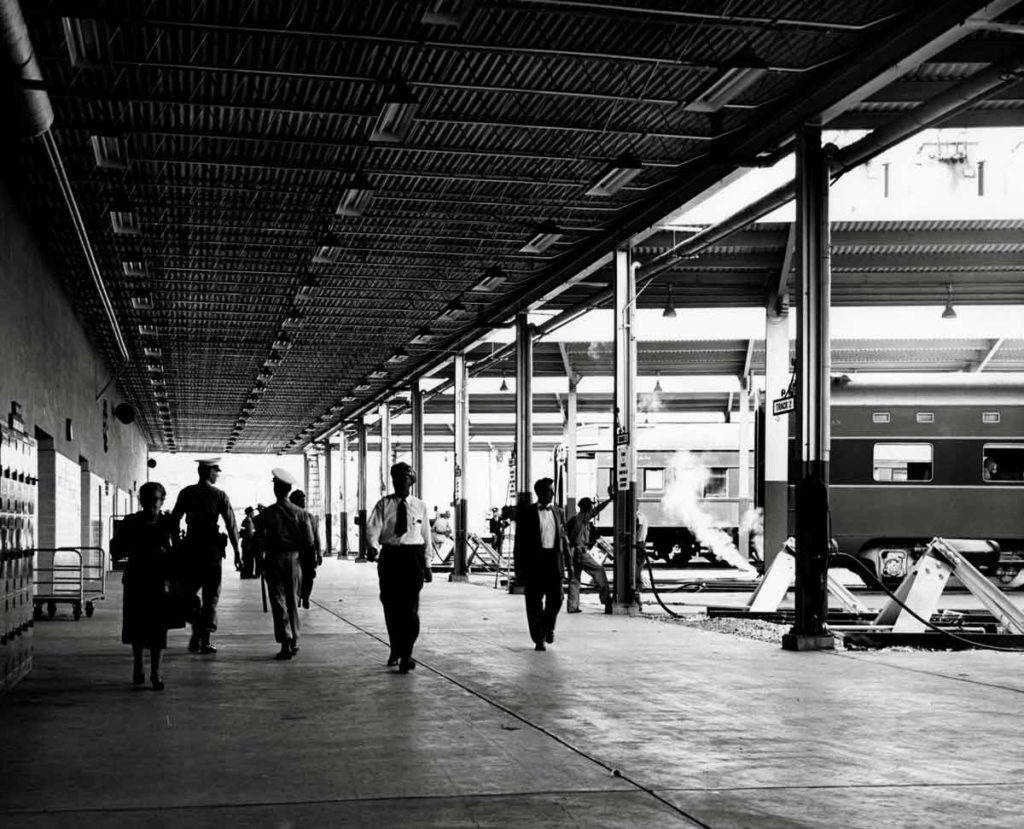
New Orleans Union Passenger Terminal, opened in 1954 as one of America’s last pre-Amtrak big-city passenger terminals, featured an open-air concourse at the end of its 12 stub-end tracks. James G. La Vake photo […]
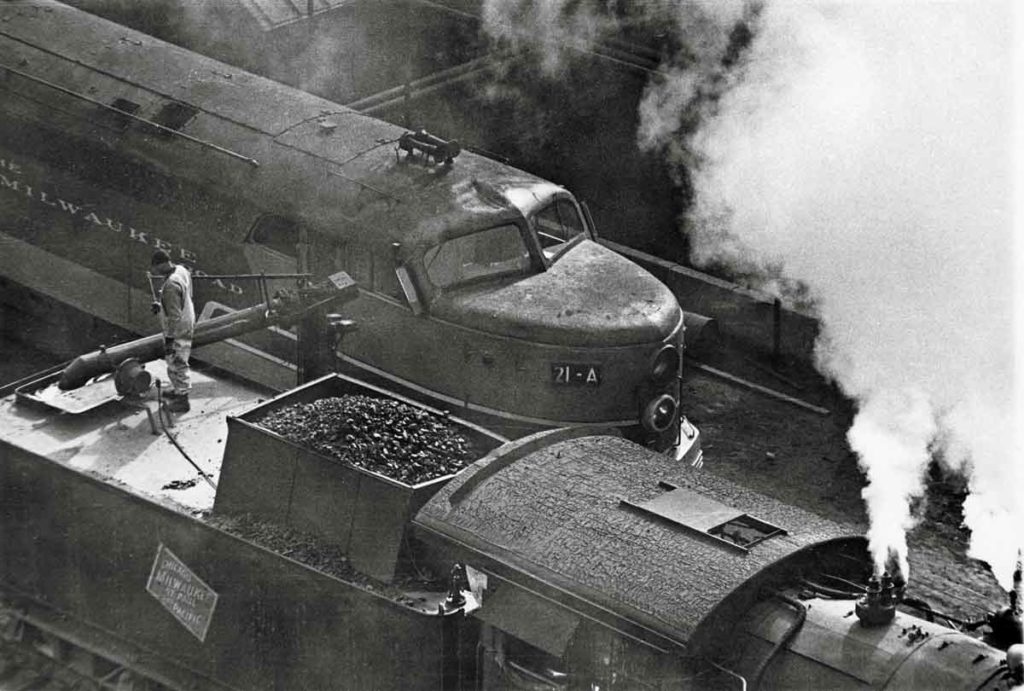
A hostler at the Milwaukee Road’s engine terminal near 35th Street in Milwaukee uses a water crane to top off the tender of a steam locomotive. The Fairbanks-Morse diesel on the next track hints that steam is on borrowed time in this April 1951 photo. Linn H. Westcott photo […]
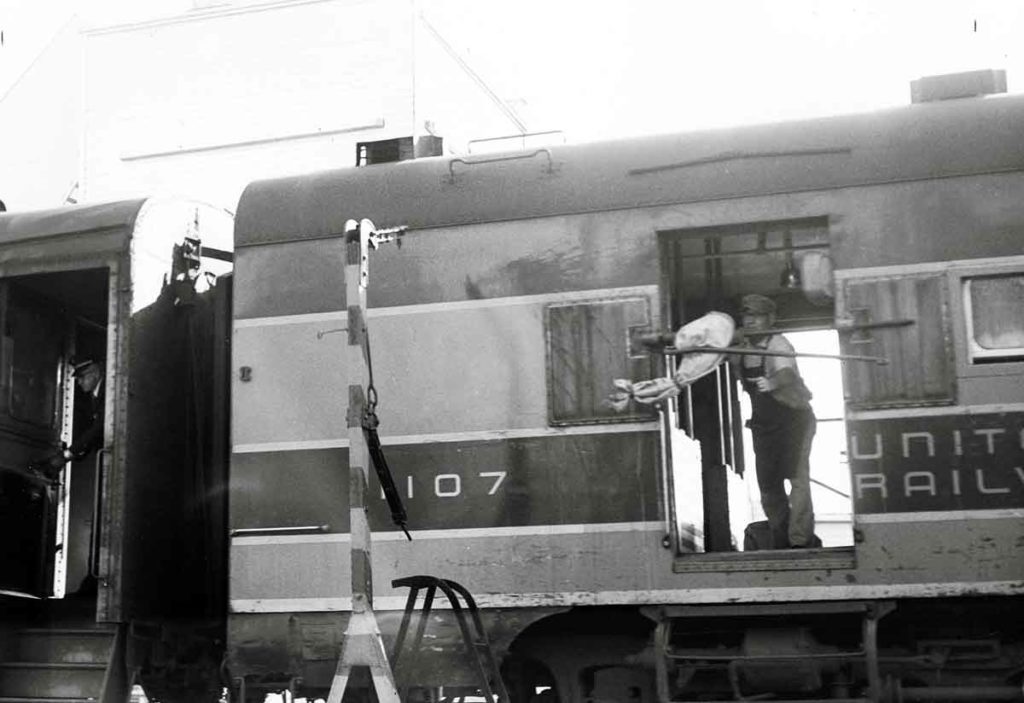
Great Northern mail clerk Ben Russell grabs the pouch from the catcher after making the catch at Bethel, Minn., while working the Duluth & St. Paul Railway Post Office in fall 1968. This was one of the few RPOs to survive the big cutbacks of 1967. Don Hofsommer photo […]
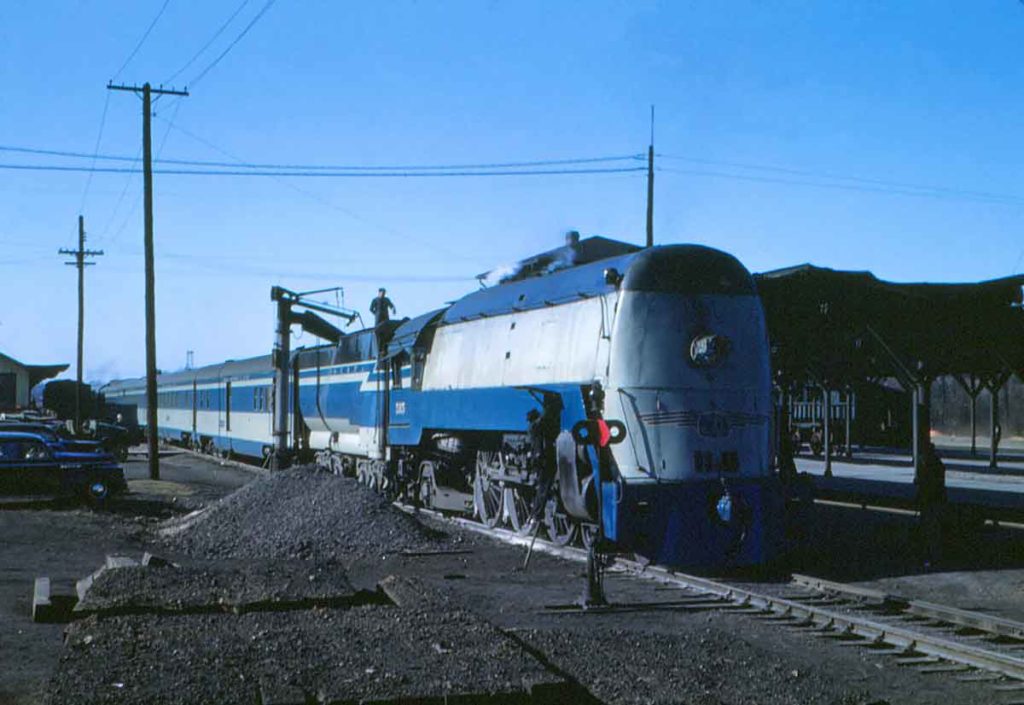
Please enjoy this photo gallery of Nashville, Chattanooga & St. Louis passenger trains, originally published online in November 2017. […]
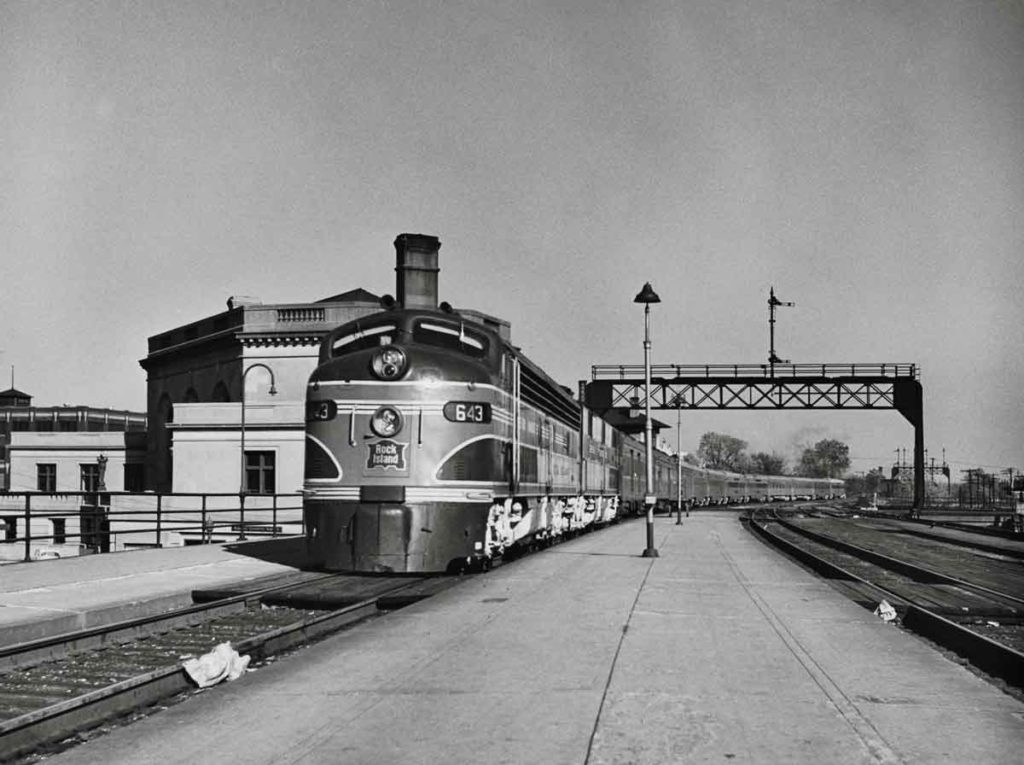
Two Rock Island E units lead the Chicago–Los Angeles Golden State into Joliet (Ill.) Union Station in fall 1951. Wallace W. Abbey photo […]
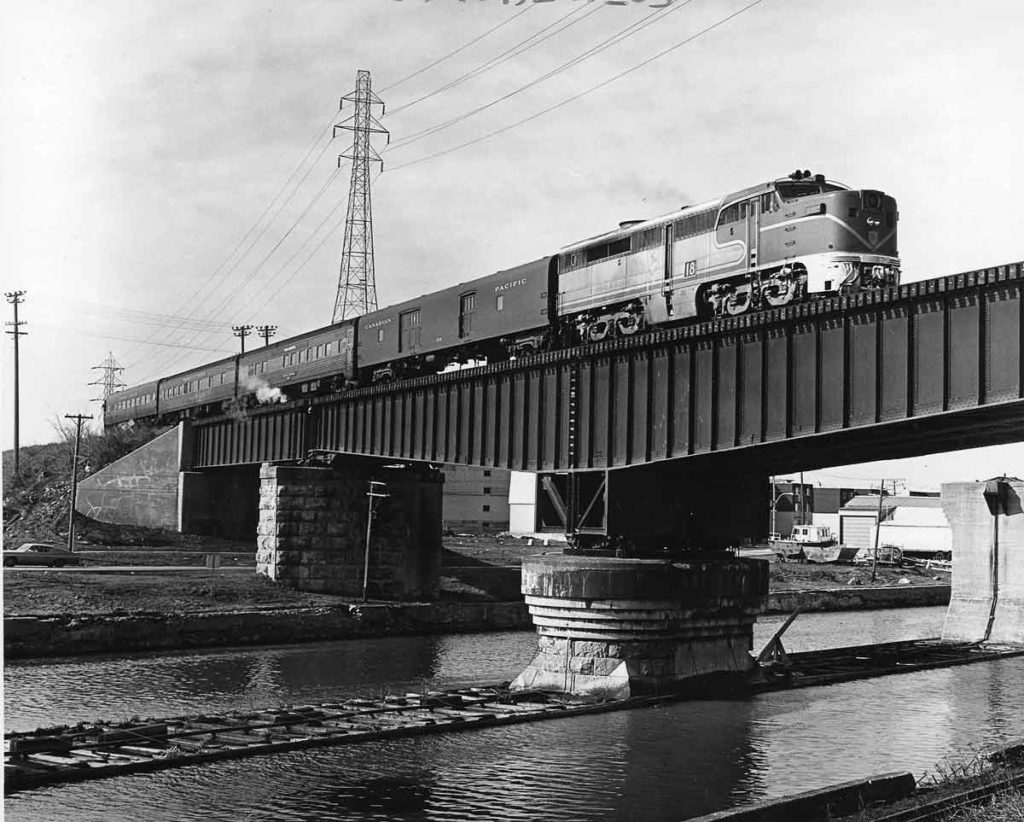
A PA-powered Delaware & Hudson passenger train crosses a center-bearing plate girder swing bridge on the Canadian Pacific at Lachine, Quebec, in the late 1960s or early ’70s. Tom Nelligan photo […]

Chicago & North Western 4-6-4 No. 4004, having brought the San Francisco-bound Gold Coast in from Chicago, backs out of Omaha Union Station for servicing in Council Bluffs, Iowa, on June 6, 1953. Alco built nine of these 84-inch-drivered Hudsons for C&NW in 1938. R. R. Malinoski photo […]
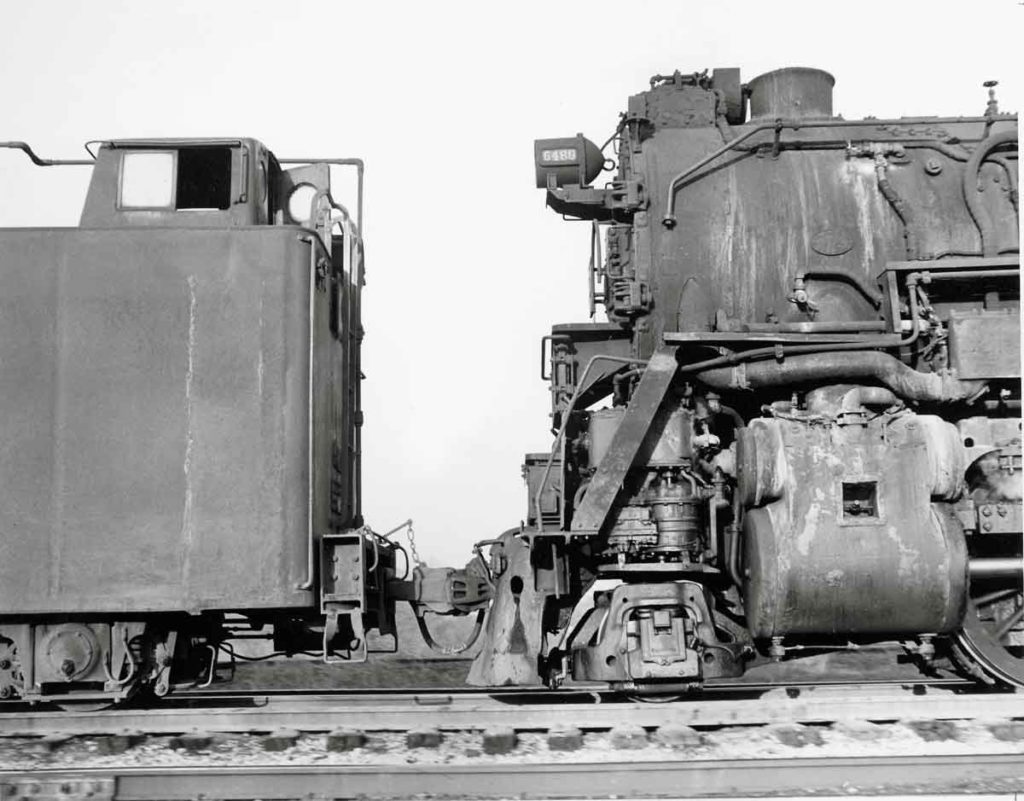
Making like two great pachyderms joined tail to nose, Pennsylvania Railroad J1 2-10-4s 6486 and 6488 doublehead a coal train out of Columbus, Ohio, with a coal train for the Lake Erie docks at Sandusky in September 1955. Philip R. Hastings photo […]
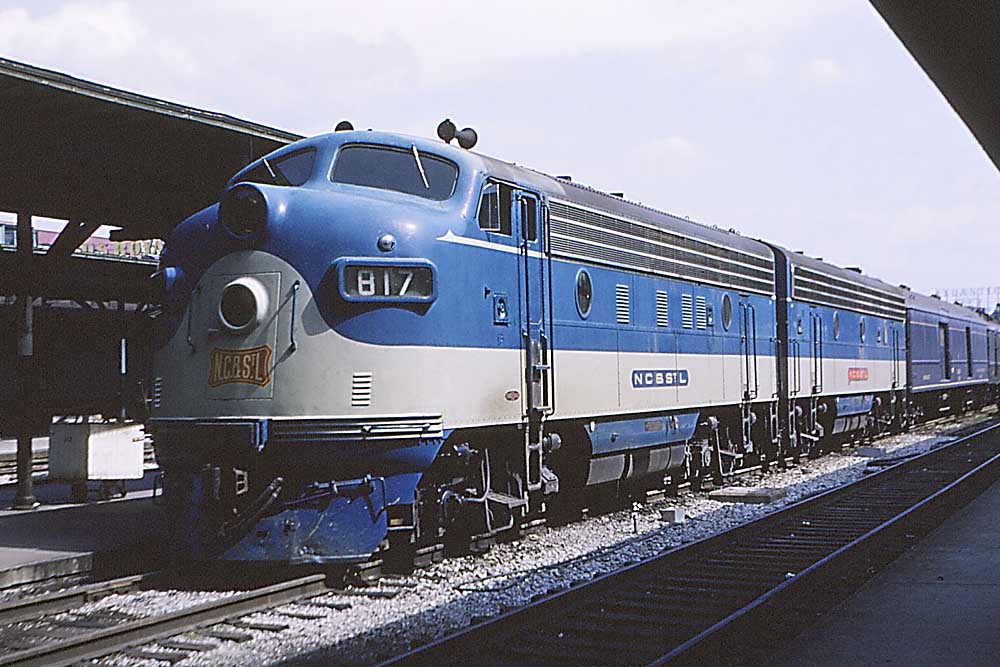
Although the Nashville, Chattanooga & St. Louis Railway employed several nicknames — “Dixie Line,” “Nashville Road,” and “Lookout Mountain Route” among them — to former employees and their families, it will always be “Grandpa’s Road.” James A. Skelton was one of those Grandpas. He was 14 in April 1862, and although the War Between the […]
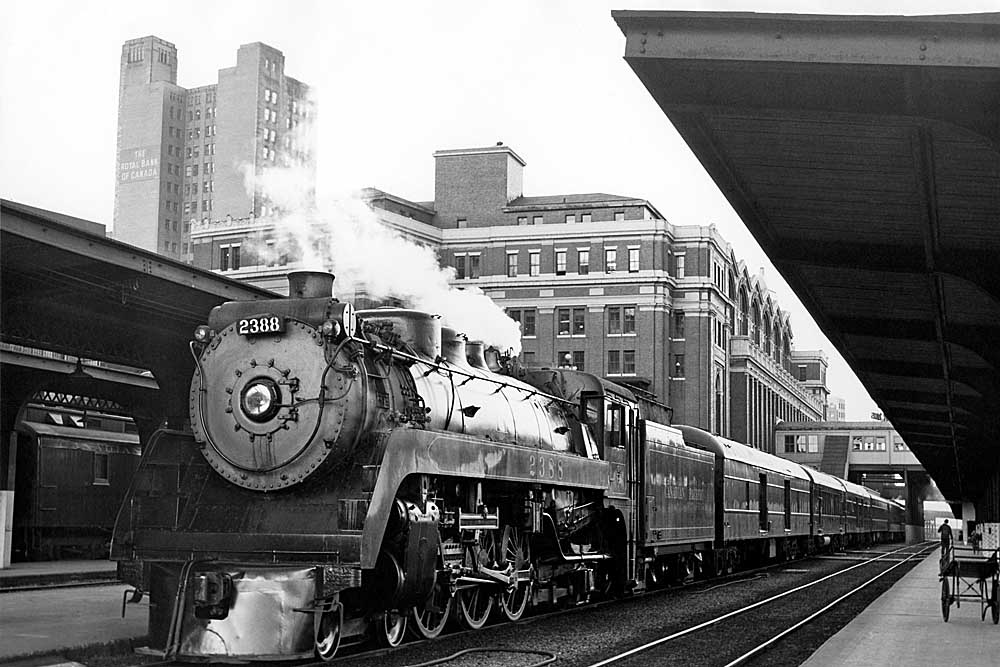
Prior to the Hudsons, Mountains, and Northerns, the 4-6-2 Pacific-type was celebrated as THE passenger locomotive at the turn of the 20th century. Outperformed in later years by their bigger, faster, and stronger successors, the smaller racehorses continued to hold their own until the end of steam along North America’s railroads. Though, it can be […]